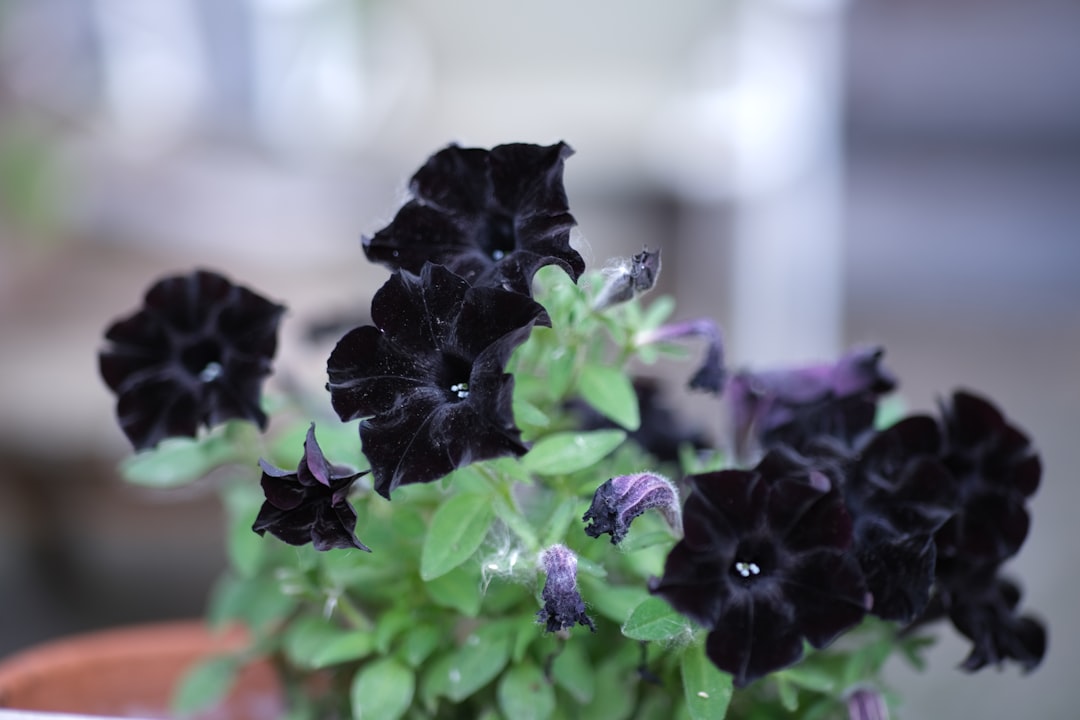The Art of Nurturing Japanese Pittosporum

Japanese pittosporum, a charming addition to any garden, offers both aesthetic appeal and a touch of elegance. In this guide, we will delve into the essential aspects of caring for this beautiful shrub, including planting and pruning techniques.
### Planting Japanese Pittosporum
When it comes to planting Japanese pittosporum, choosing the right location is crucial. This shrub thrives in well - drained soil and prefers partial to full sun exposure. However, it can also tolerate some shade, making it a versatile choice for different garden settings.
Before planting, prepare the soil by loosening it to a depth of about 12 - 18 inches. Mix in some organic matter, such as compost or aged manure, to improve soil fertility and drainage. This will provide a healthy environment for the roots to grow.
Dig a hole that is twice as wide and just as deep as the root ball of the plant. Gently remove the plant from its container and place it in the hole, ensuring that the top of the root ball is level with the surrounding soil. Backfill the hole with soil, firming it gently around the base of the plant. Water thoroughly after planting to settle the soil and eliminate any air pockets.
### Watering and Fertilizing
Japanese pittosporum has moderate water needs. During the first year after planting, water regularly to keep the soil evenly moist but not waterlogged. Once established, it can tolerate short periods of drought. However, during hot and dry spells, it is advisable to water deeply once a week to maintain its health and vitality.
Fertilizing is also an important part of caring for Japanese pittosporum. Apply a balanced, slow - release fertilizer in early spring. This will provide the necessary nutrients for the plant to grow and thrive throughout the growing season. Follow the manufacturer's instructions for the correct application rate.
### Pruning Japanese Pittosporum
Pruning is essential for maintaining the shape and health of Japanese pittosporum. The best time to prune is in late winter or early spring, before new growth begins. This allows the plant to recover quickly and encourages vigorous growth during the growing season.
Start by removing any dead, damaged, or diseased branches. Use sharp, clean pruning shears to make clean cuts close to the main stem. This will prevent the spread of diseases and pests.
To shape the plant, you can selectively prune branches to control its size and form. Japanese pittosporum can be pruned into a variety of shapes, such as a hedge, a ball, or a more natural form. When pruning for shape, make sure to step back periodically and assess the overall appearance of the plant to ensure a balanced and aesthetically pleasing result.
### Pests and Diseases
Japanese pittosporum is generally a hardy plant, but it can be susceptible to some pests and diseases. Common pests include aphids, scale insects, and spider mites. These pests can be controlled with insecticidal soaps or horticultural oils. Regularly inspect the plant for signs of pest infestation and take appropriate action promptly.
Diseases such as root rot and leaf spot can also affect Japanese pittosporum. To prevent these diseases, ensure proper soil drainage and avoid over - watering. If you notice any signs of disease, such as yellowing leaves or black spots, remove the affected parts of the plant and treat with a suitable fungicide.
In conclusion, caring for Japanese pittosporum requires a combination of proper planting, watering, fertilizing, pruning, and pest and disease management. By following these tips, you can enjoy a healthy and beautiful Japanese pittosporum in your garden for years to come.